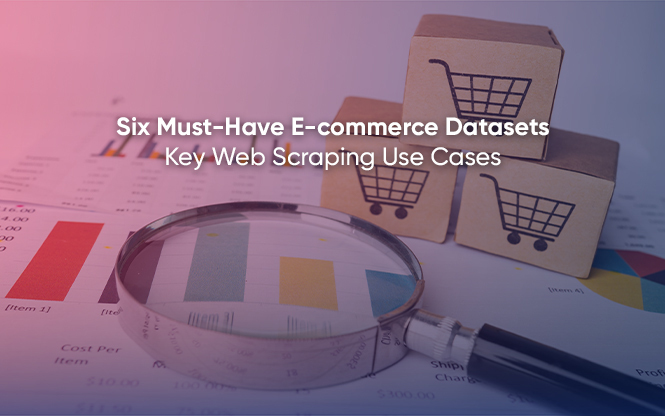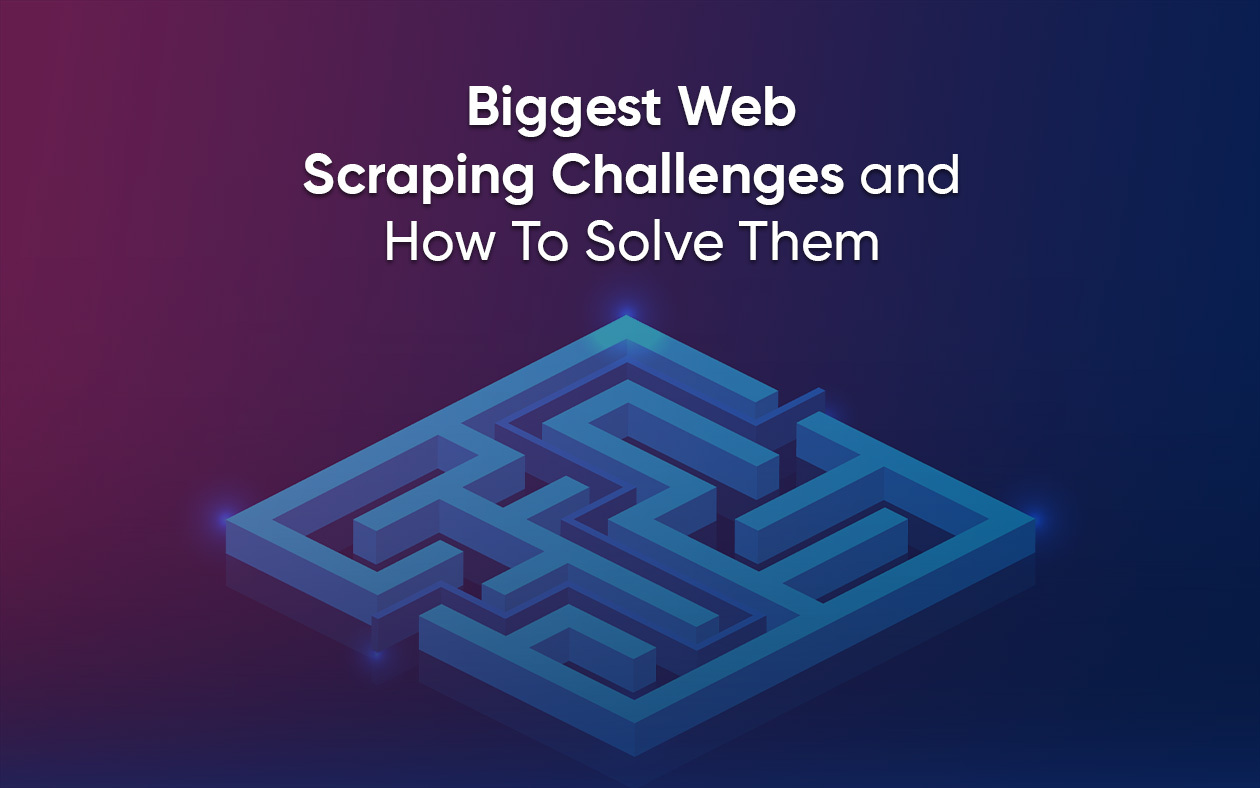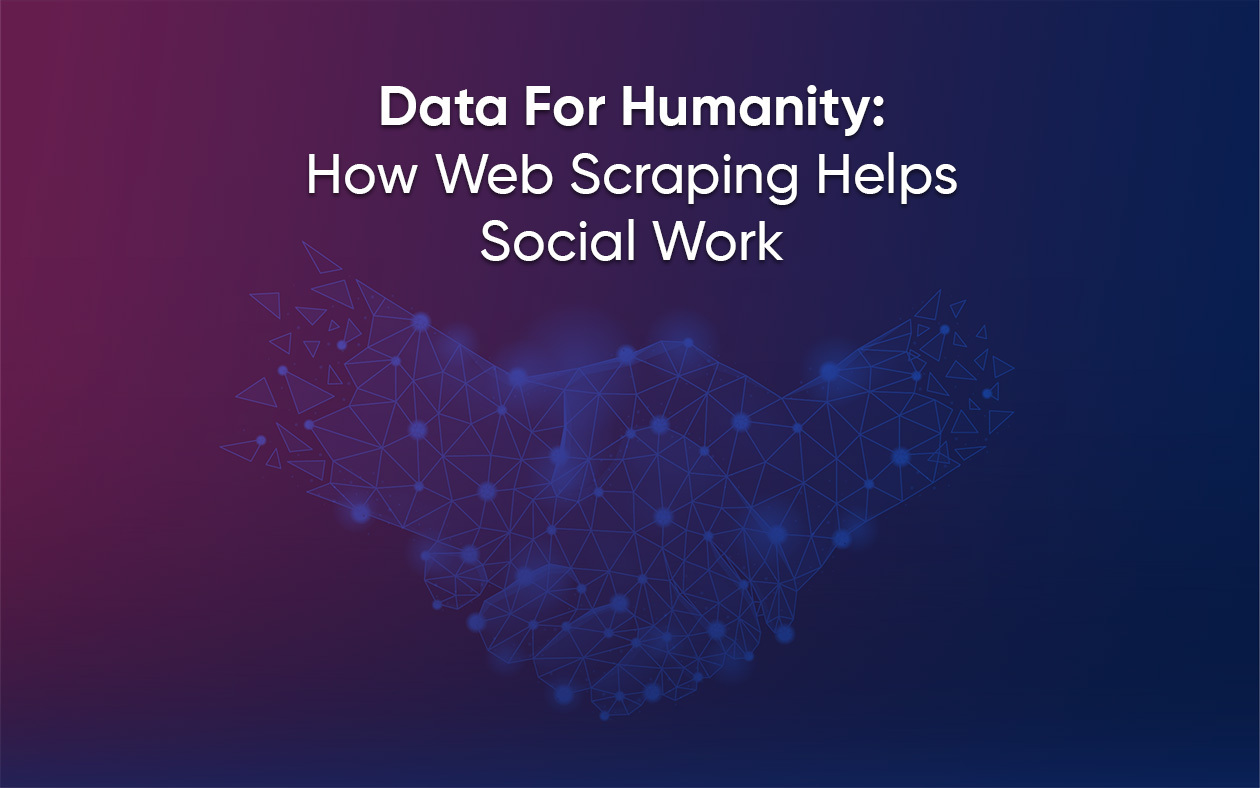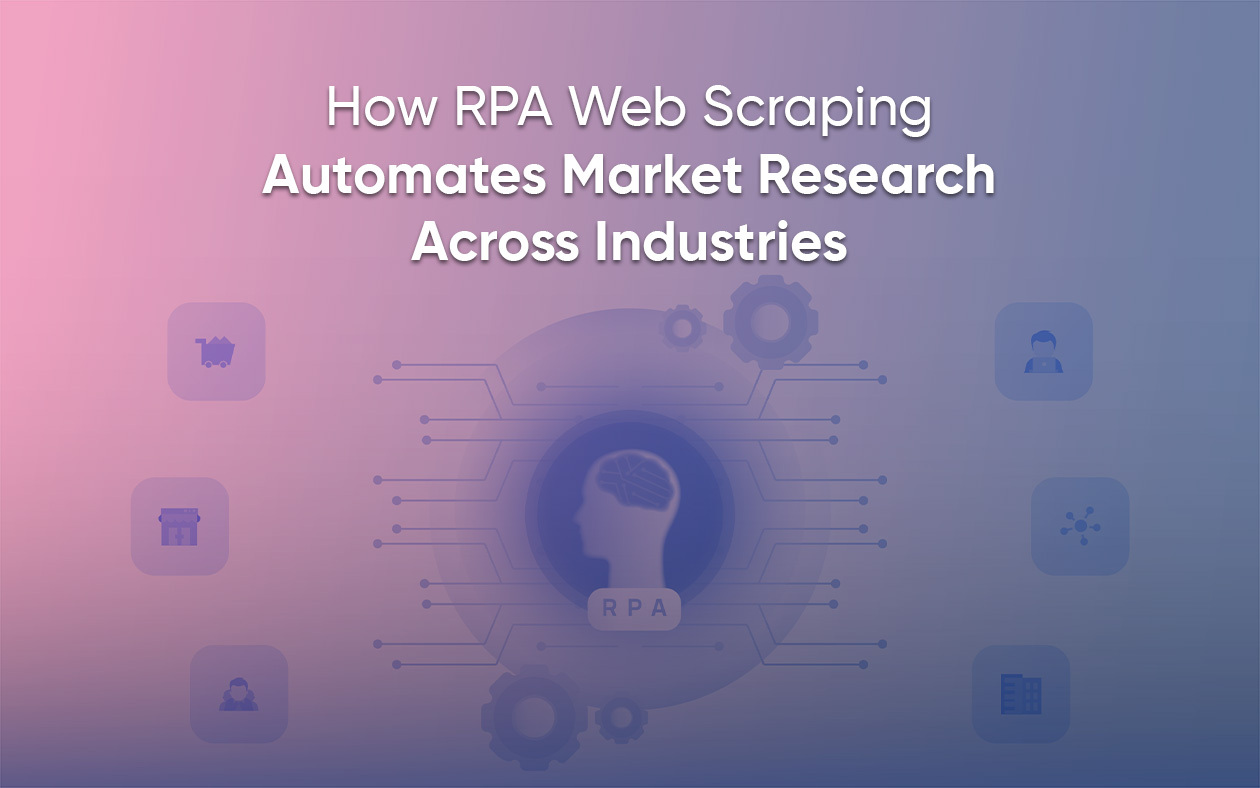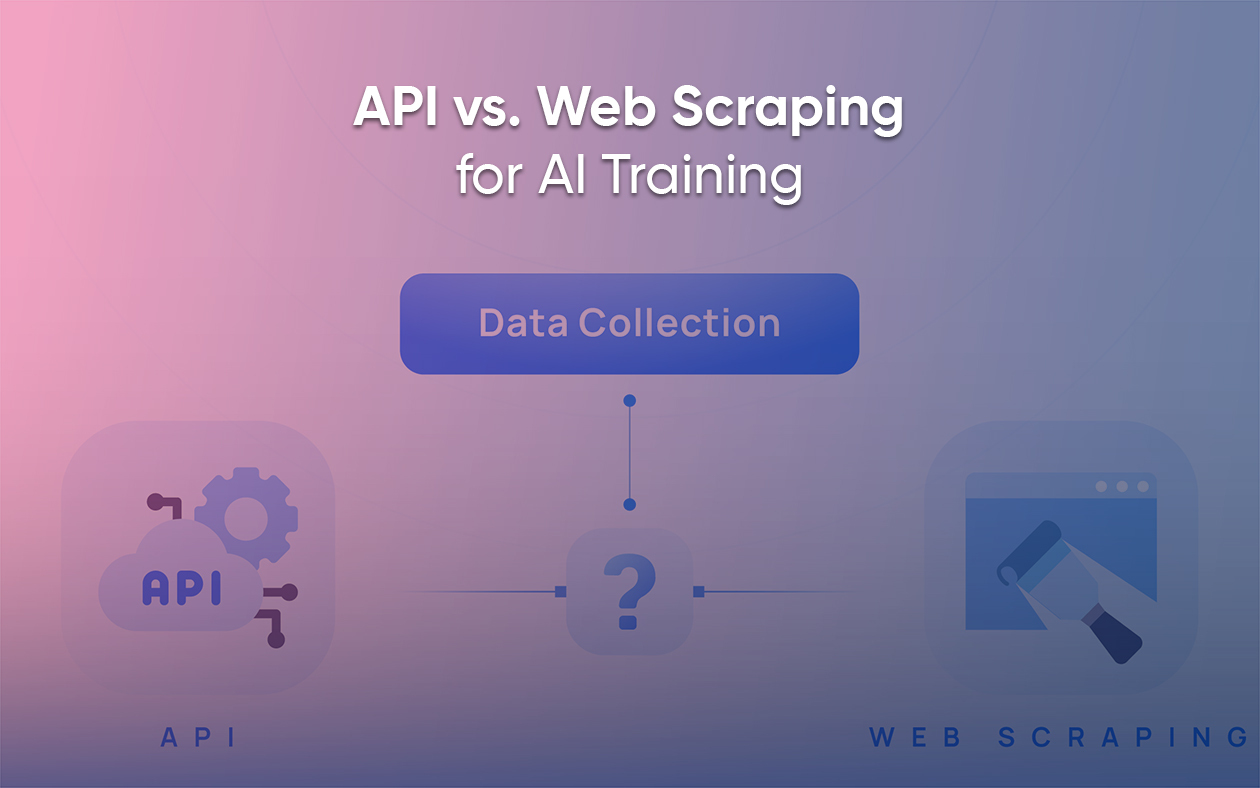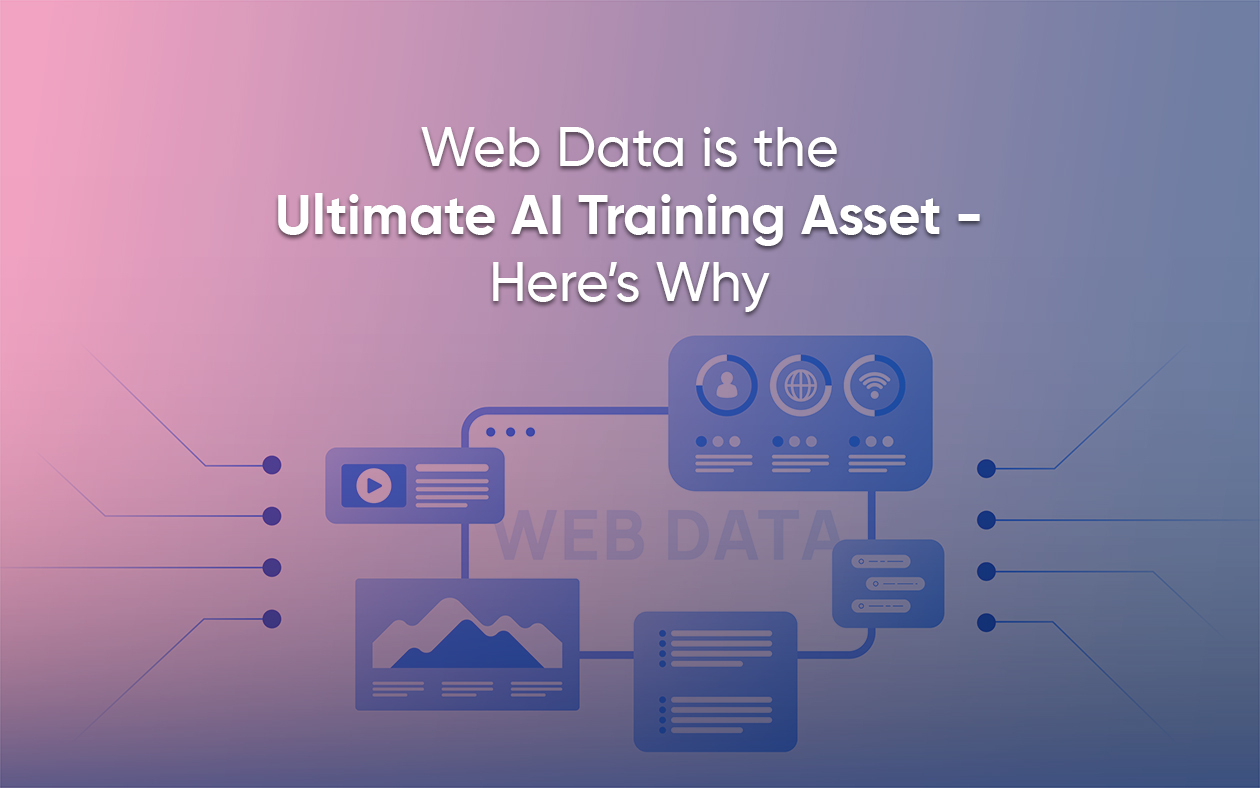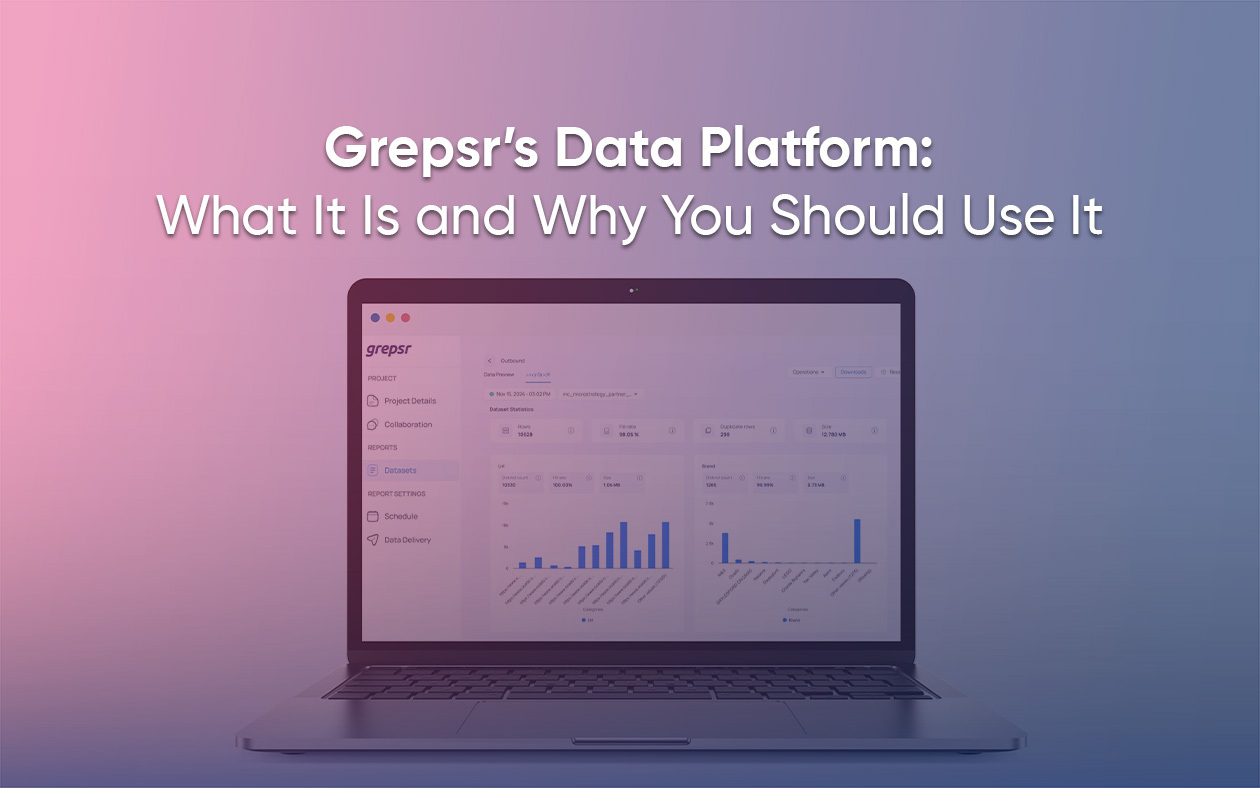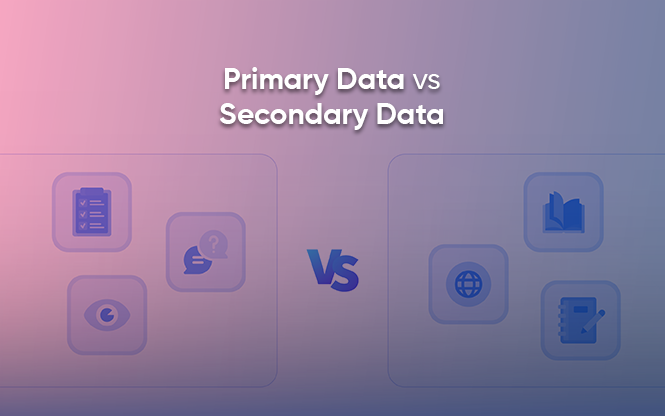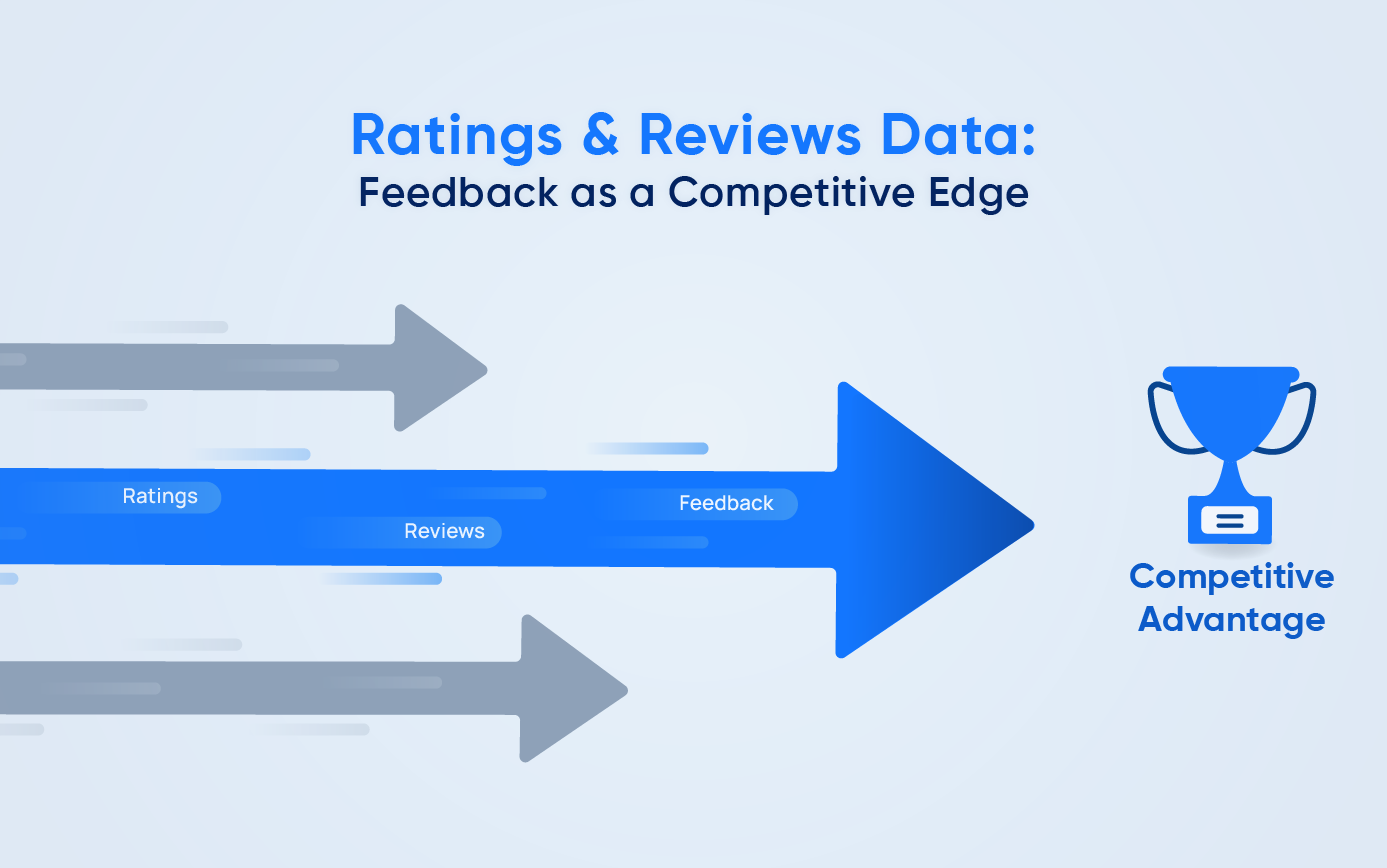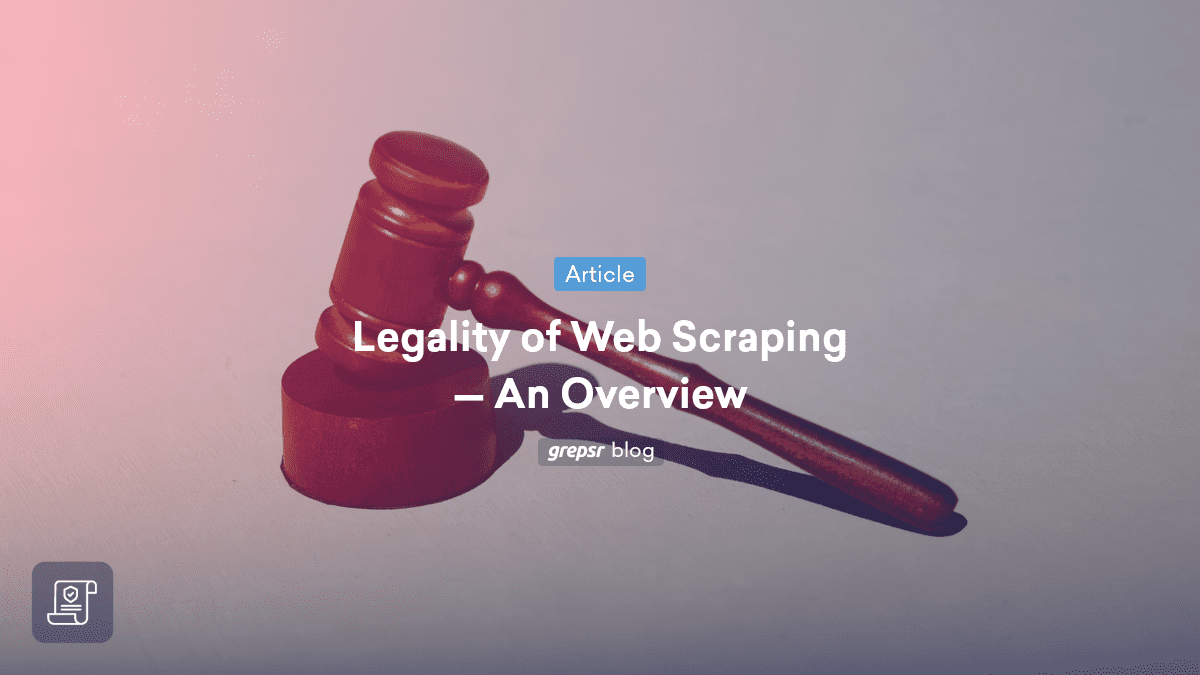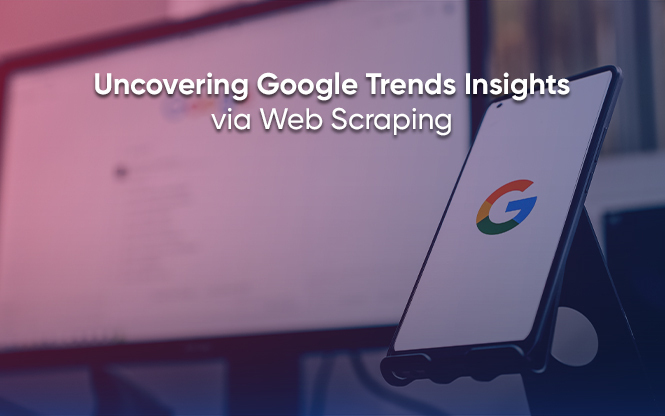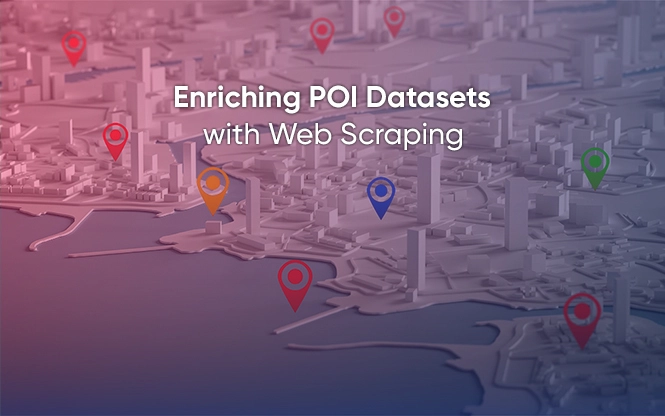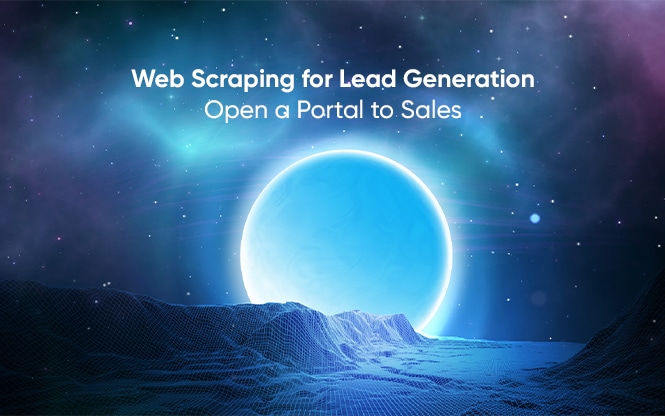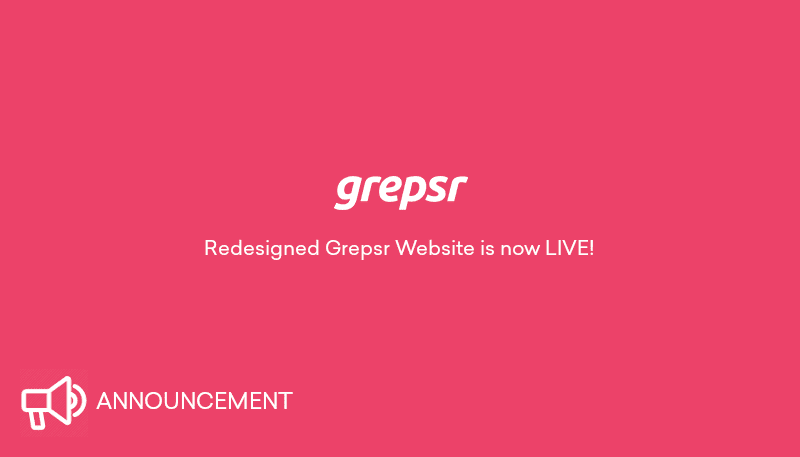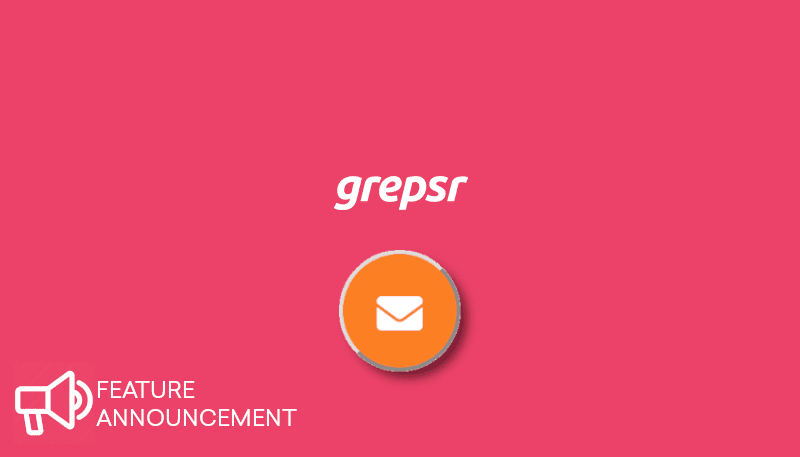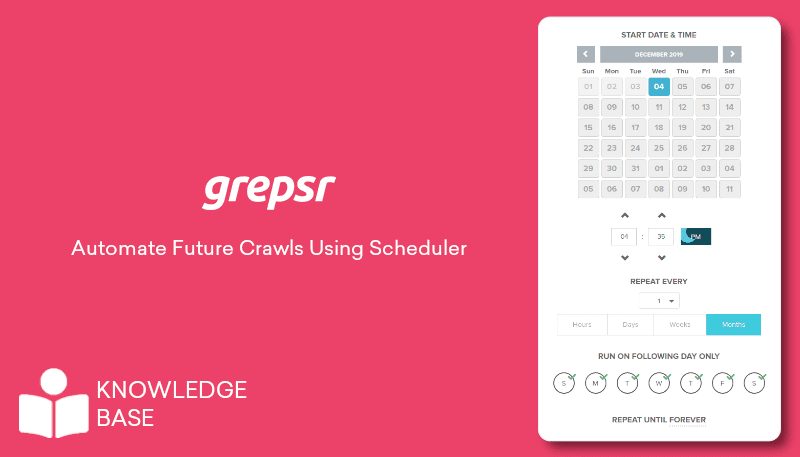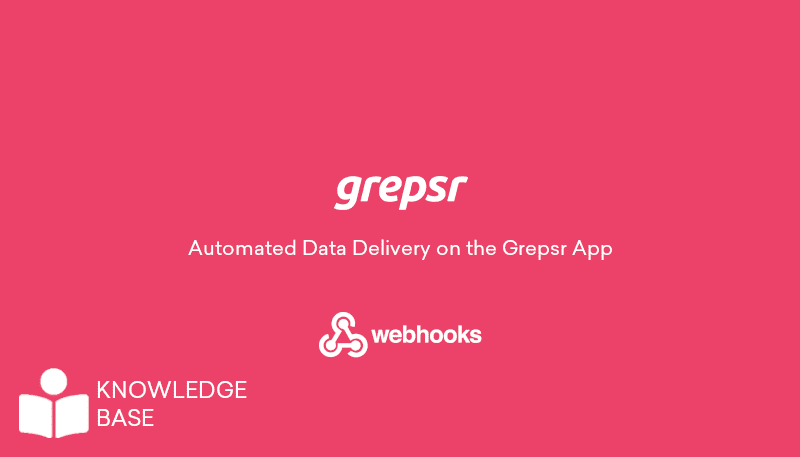
The growth of data globally indicates that healthcare data volume will reach 2,314 exabytes by 2025. This is a whopping surge from 153 exabytes in 2013.
Let’s put this into perspective. Imagine each byte of data is equal to a grain of sand on Earth. Initially, 153 exabytes were enough to fill up a children’s sandpit.
By 2025, as the number skyrockets to 2,314 exabytes, that small sandpit will transform into a vast, endless expanse of desert stretching as far as the eye can see.
There’s a reason this number is rising so radically. And that reason is, since 2019, 96% of hospitals in the U.S. have certified EHRs, Electronic Health Records. This results in the generation of massive amounts of healthcare data for analysis.
In fact, the global healthcare analytics market was valued at $23.51 billion in 2020 and is expected to grow to $96.90 billion by 2030. The compound annual growth rate (CAGR) is at 15.3%. (Source: e-Zest)
Today, we will dive into the top healthcare datasets needed by leading players in the healthcare industry from the perspective of web scraping use cases.

What are healthcare datasets?
Data and statistics related to aspects of healthcare, such as patient care, public health, medical research, clinical trials, operations, and insurance, are included in healthcare datasets.
These are essential in analyzing and improving the healthcare sector of a nation through data-driven decision-making.
In the healthcare industry, having a database of multiple insurance coverage is indispensable for healthcare facilities and individual healthcare providers. It assists in the process of quoting and suggesting the best healthcare solutions, plans, and coverage options for their clients.
For that, here are some examples of healthcare datasets.
1. Type of Healthcare Facility
There are multiple healthcare facilities in a state that serve its population.
- Hospitals – Subdivided into general hospitals that offer a wide range of services from inpatient care to emergency. The other type is specialized hospitals that focus on specific areas like pediatric, psychiatric, and cancer treatment.
- Primary Care Clinics – There are family practice clinics that offer general healthcare services for individuals of all ages, i.e. a family doctor. And there are internal medicine clinics that specialize in adult healthcare and complex conditions.
- Long-Term Care – Nursing homes for the elderly and disabled who need assistance with their daily activities and medical care.
Each has different functionalities and the data generated from each are also different. One thing that remains the same is the use of those datasets for the improvement of patient care, clinical trials, hospital operations, and medical research.

2. State-wise Insurance Coverage

Another healthcare dataset you can collect is state-wise insurance coverage. This means that a health insurance plan purchased in one state doesn’t necessarily provide coverage in another.
The reason this happens often is because health insurance plans have a network of doctors, hospitals, specialists, and other healthcare providers that are within their contracts and provide services at negotiated rates.
So, if you receive care from providers other than these networks then the plan doesn’t cover your medical expenses.
Plus, there are state regulations that can vary significantly from one state to another in terms of benefits, coverage, and cost structure.
Having this information beforehand is critical before choosing a healthcare plan.
Therefore, a web scraping service like Grepsr can collect these healthcare datasets of state-wise insurance coverage that can help you get a comprehensive view of the available plans.
3. Real-time Monitoring of Patient Intake Policies
Accepting New Patients
This is a policy implemented by healthcare facilities or individual healthcare providers regarding patient intake.
“Accepting new patients” is as simple as it sounds. It means that the healthcare provider or facility is open to taking in new patients who they have not seen or treated before. So, a new patient can schedule appointments and receive care.
This policy suggests that the providers can take on more appointments and expand their patient base to their full capacity.
For example – A family doctor puts up a sign or an announcement on their website saying they are “accepting new patients” to attract individuals or families who are looking for a primary care provider.
Accepting All Patients
This is another policy that simply defines itself. “Accepting all patients” means that the healthcare provider or facility is willing to treat any individual seeking care, regardless if they are new or already existing in their records.
This indicates that this service is more inclusive and has no restrictions or limitations on patient intake and care is provided to anyone in need like emergency rooms or urgent care centres.
For example: An emergency room is a facility that always owns the “accepting all patients” status as they are legally and ethically bound to provide care to anyone who comes in, regardless of their background or medical history.
Datasets monitoring both “accepting new patients” and “accepting all patients” is critical for new residents of the area, people seeking specialists, or those needing immediate care. Even the competitors can utilize this data for efficient resource allocation of staffing, and equipment and open up new healthcare facilities where necessary.
4. Healthcare Facilities POIs
POI datasets in the healthcare industry include geographic and demographic (geodemographic) data of a population living in a certain area with respect to the healthcare facilities in the area.
It also includes geospatial data of healthcare facilities like hospitals, clinics, pharmacies, and emergency centers. Insights from this dataset help patients locate the nearest facilities, and competitors identify gaps and opportunities that they can fill.
Additionally, POI datasets assist healthcare administrators in understanding the geographic distribution of healthcare facilities, identifying areas with a high density of services and areas with shortages. With this information, they can guide decisions on where to build new facilities or expand existing ones to make healthcare accessible to the people.
Grepsr was successful in empowering a leading healthcare provider from Dubai with healthcare POI datasets.
In this project, we combined geodemographic data of the population and POI data of healthcare facilities (hospitals, clinics, & pharmacies) in Dubai.
The insights from the visualization of this dataset helped the client in identifying market gaps, and community-level insights into the access to healthcare in different communities.
5. Public Health Statistics
The data generated in the healthcare industry is primarily about patient’s personal information and their medical records.
It is critical to ensure that this information remains private to maintain client confidentiality and is not revealed to a third party for personal research or investigation unless the client has consented to it.
Having said that, healthcare datasets for public use are in fact available on public sites such as NHS Digital, HealthData.gov, Centers for Disease Control and Prevention, and Global Health Observatory (GHO).
These organizations play crucial roles in collecting, managing, and publishing healthcare-related data and statistics aiming to spread awareness. Plus, they serve as a valuable resource for healthcare professionals, policymakers, and researchers who are striving to make healthcare facilities better and accessible for all.
On top of that, businesses in the healthcare industry can also benefit from these publicly available stats and datasets.
- They can discover underserved patient populations identify unmet medical facilities in an area and tailor their services to serve those in need or where there’s growth opportunity.
- Based on inventory demand, businesses can improve their supply chain, and ensure timely delivery of medical supplies and equipment.
- Even insurance companies can use demographic and health behavior data to design insurance packages and manage the population’s health risk more effectively.
Finally, regularly updated healthcare industry related data help businesses stay updated with regulatory changes and maintain compliance with health standards and guidelines.
Get Custom Healthcare Datasets by Web Scraping
Web scraping services like Grepsr can provide comprehensive healthcare datasets mentioned above (and beyond) tailored to your specific needs.
Whether you need information on different types of healthcare facilities available in a given area, state-specific insurance coverage, or policies regarding patient intake.
Grepsr’s web scraping service delivers quality datasets ready for analysis that empower you to make informed decisions and accelerate your businesses’ growth in healthcare and other industries as well.
Don’t wait and start leveraging insights from real-time healthcare datasets with Grepsr right away!

Check out this similar article.




